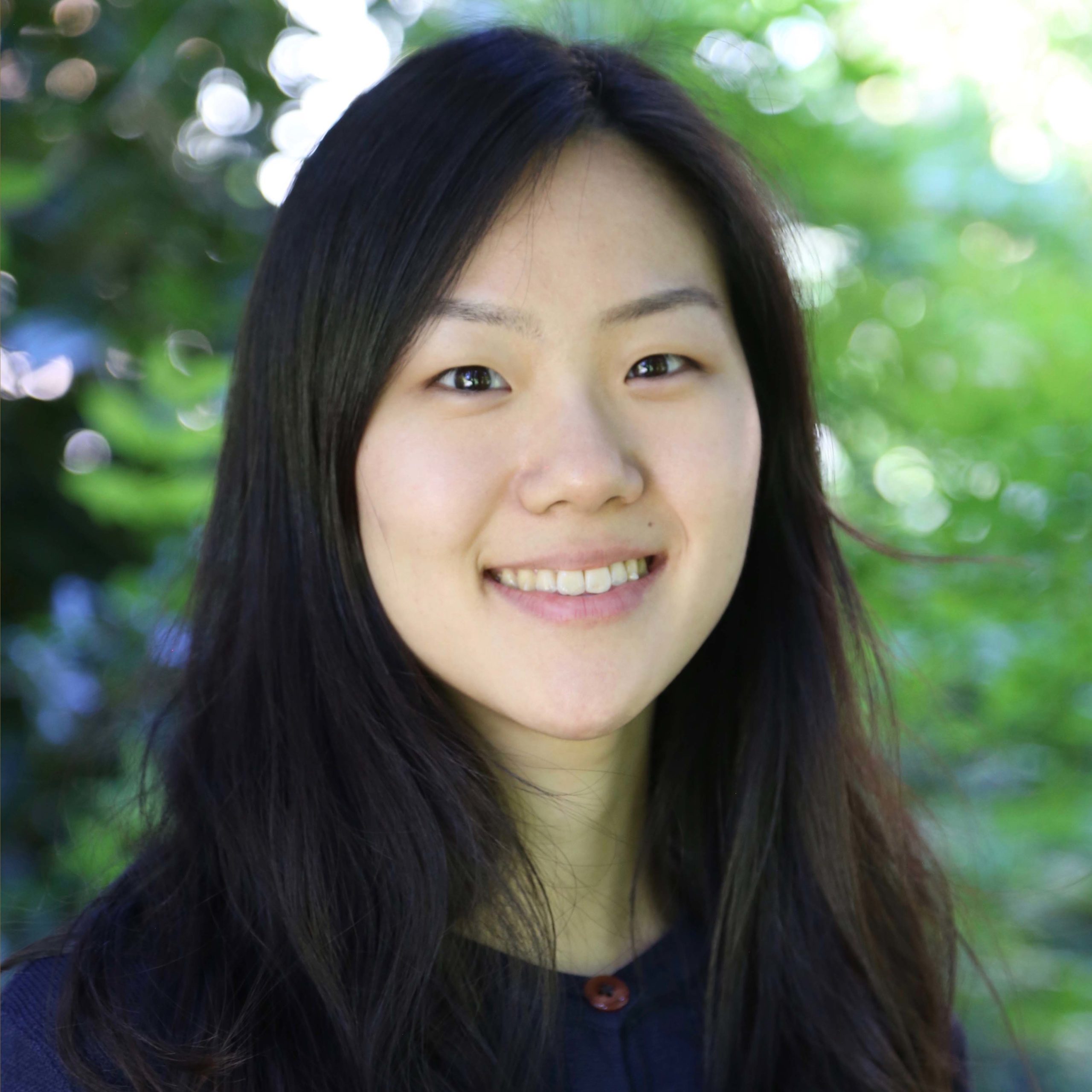


Student work in research areas including 3D printed bioreactors, simulation science and HIV treatment assessments
Last month we got to meet a few of the University of Washington undergrads from the CoMotion Mary Gates Innovation Scholars (CMGIS) program, a paid summer internship where students apply their research skills to a UW innovation in development. We continue the series with students working on three projects from the School of Medicine and the College of Arts & Sciences.
Low-cost method assesses HIV medication adherence
The Antiviral Adherence to HIV project (College of Engineering, The Posner Research Group), will have support from Alicia Gim, a Chemical Engineering senior whose passions range from molecular simulation in biotechnology to propulsion engineering methods that can reduce our dependence on fossil fuels.
Under the guidance of primary investigator Paul Drain, the team is developing a rapid and low-cost method of objectively assessing how well patients on HIV medication are adhering to their treatment regimen, which can be easily incorporated in low-resource settings. For this project, Alicia will conduct experiments and data analysis whose results will be published in an upcoming paper. Fellow scholar Kathrine Zhang, who we met in part one of this series working on Eric Seibel’s Untape team, also works on this project during the school year.
Alicia shares that this internship will allow her to make contributions to the project and learn about the translation of research into marketable products. It will also connect her to mentors and friends who encourage her interests in engineering and science. Her future plans? “In the next year, I plan to update software of a mathematical model. This would reduce the need for expensive laboratory work, and amount of required post-experimental data analysis. Post-graduation, I am considering a doctorate degree and plan for a research career in the biotech or propulsion engineering industries.”
Simulation science
The Center for Research in Education and Simulation Technologies (CrEST) (School of Medicine), led by primary investigator Robert Sweet, is a medical simulation facility at the UW which has created VR surgical trainers, educational software and clinical apps in their effort to advance the current state of medical training and patient education. Sweet and his team will be supported by Electrical & Computer Engineering Department junior Jan Silva. Jan is passionate about the intersection of engineering and business, particularly regarding health and medicine solutions. Her contributions will include managing a plan of action, analyzing the process of commercialization, and providing insight on possible improvements to the process in order to make it easier for technology coming out of research projects to reach target customers. Jan hopes to gain hands-on experience bringing a product to commercialization, and developing valuable research and presentation skills. Her future plans include continuing to explore research projects in the fields of health and medicine or electrical engineering, and to pursue a Master’s degree.
3-D printed bioreactors
Chemical Engineering sophomore Cameron Sietz will be interning for the 3D Printed Bioreactors team (College of Arts & Sciences, Department of Chemistry, Nelson Research Lab) led by Alshakim Nelson. Cameron’s area of research interest is in biomaterials for applications in tissue engineering/regenerative medicine. Work on this project will focus on investigating the possibilities surrounding what’s called “engineered living materials”, which are materials that include living cells that perform a specific function or set of functions. One possible application is in the pharmaceutical industry. For example, bacteria that produce insulin are grown in big tanks with the nutrients they need and, after separating the insulin from what’s left, the rest is considered waste (including the bacteria that was grown). The Nelson group is developing a platform that trap organisms that make medicine or other compounds and could reduce the cost to produce many medicines as well as reduce the amount of production waste.
Cameron’s contribution will help determine if the team’s particular approach is feasible and, therefore, worth investigating further. He hopes to gain a deeper understanding of the structure and purpose of research, as well as general lab skills and knowledge of hydrogels. His aspirations include transitioning into an undergraduate researcher position in the fall, and hopes his work leads to the discovery of a novel biomaterial with widespread applications. After graduation, he plans to enter the biotech industry and possibly attend grad school at a later time.
Check back next month for the final installment of our blog series about the CoMotion Mary Gates Innovation Scholars, or sign up for our newsletter so you don’t miss it!